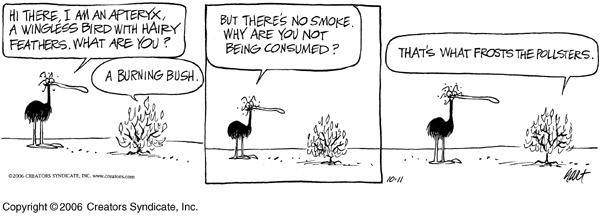
Reconstruction of Archaeopteryx albersdoerferi. Image credit: Zhao Chuang / Martin Kundrát



Paleontologists view Archaeopteryx as a transitional fossil between dinosaurs and modern birds. With its blend of avian and reptilian features, it was long viewed as the earliest known bird. Discovered in 1860 in Germany, it's sometimes referred to as Urvogel, the German word for "original bird" or "first bird." Recent discoveries, however, have displaced Archaeopteryx from its lofty title.
Archaeopteryx is a combination of two ancient Greek words: archaīos, meaning "ancient," and ptéryx, meaning "feather" or "wing." There are two species of Archaeopteryx: A. lithographica and A. siemensii.
Archaeopteryx lived around 150 million years ago — during the early Tithonian stage in the late Jurassic Period — in what is now Bavaria, southern Germany. At the time, Europe was an archipelago and was much closer to the equator than it is today, with latitude similar to Florida, providing this basal bird, or "stem-bird," with a fairly warm — though likely dry — climate.
Could it fly?
Weighing in at 1.8 lbs. to 2.2 lbs. (0.8 to 1 kilogram), Archaeopteryx was about the size of the common raven (Corvus corax), according to a 2009 article in the journal PLOS ONE. It had broad wings with rounded ends and a tail that was long for its body length, which was up to 20 inches (50 centimeters) in total.
Various specimens of Archaeopteryx showed that it had flight and tail feathers, and the well-preserved "Berlin Specimen" showed the animal also had body plumage that included well-developed "trouser" feathers on the legs. Its body plumage was down-like and fluffy like those of the feathered theropod Sinosauropteryx, and may have even been "hair-like proto-feathers" that resemble the fur on mammals, according to a 2004 article in the journal Comptes Rendus Palevol.
Interestingly, the Archaeopteryx specimens found thus far lack any feathering on the upper neck and head, which may be a result of the preservation process.
Based on its wings and feathers, scientists believe Archaeopteryx likely had some aerodynamic abilities.
"The contour feathers in the wing and on the side of the tails of Archaeopteryx have an asymmetric shape, which is usually related to a higher aerodynamic performance," Christian Foth, a paleontologist at the University of Fribourg in Switzerland, told Live Science. "Thus, it is very likely that Archaeopteryx could fly, but it is hard to judge if it was a flapper or a glider."
Archaeopteryx had a primitive shoulder girdle that likely limited its flapping abilities, but it also probably lived in areas without big trees for gliding, and its claw structure suggests it probably didn't climb often or perch on trees. "Therefore, we think that it could perform a simple flapping flight over a very short distance, maybe in relation to hunting or escape behavior," Foth said.
A 2018 study published in the journal Nature Communications also found evidence that Archaeopteryx could fly, although not like any bird alive today does. The researchers used synchrotron microtomography — a tool that uses radiation to make magnified, 3D digital reconstructions of an object — to study the Jurassic creature's fossils. Even though Archaeopteryx didn't have the same features in its shoulders that help modern birds fly, its wings looked like those of modern birds that fly, they found.
"Data analysis furthermore demonstrated that the bones of Archaeopteryx plot closest to those of birds like pheasants that occasionally use active flight to cross barriers or dodge predators, but not to those of gliding and soaring forms such as many birds of prey and some seabirds that are optimized for enduring flight," study co-researcher Emmanuel de Margerie, a researcher at The National Center for Scientific Research (CNRS) in Toulouse, France, said in a statement.
Given that Archaeopteryx is the oldest flying member of the avialan lineage on record, it's likely that "active dinosaurian flight had evolved even earlier," study co-researcher Stanislav Bureš, a researcher at Palacký University in the Czech Republic.
Other research, presented at the 2016 Society of Vertebrate Paleontology meeting in Salt Lake City, found that Archaeopteryx would have been able to fly without running first on the ground, Live Science reported. ..."

*ping*
The first dinosaurs to fly were not very good at it but, once they could truly fly, they were much more successful than the parent genus. As flying became critical while the mechanics of feathered flight were not yet perfected, the selection pressure for mutations that perfected feathered flight were enormous and lead to explosive evolution in a very short time frame leading to a lack of fossils.
God's plan for life just proceeding along.
Dont ever want to meet a flying raptor. Birds are cool though.